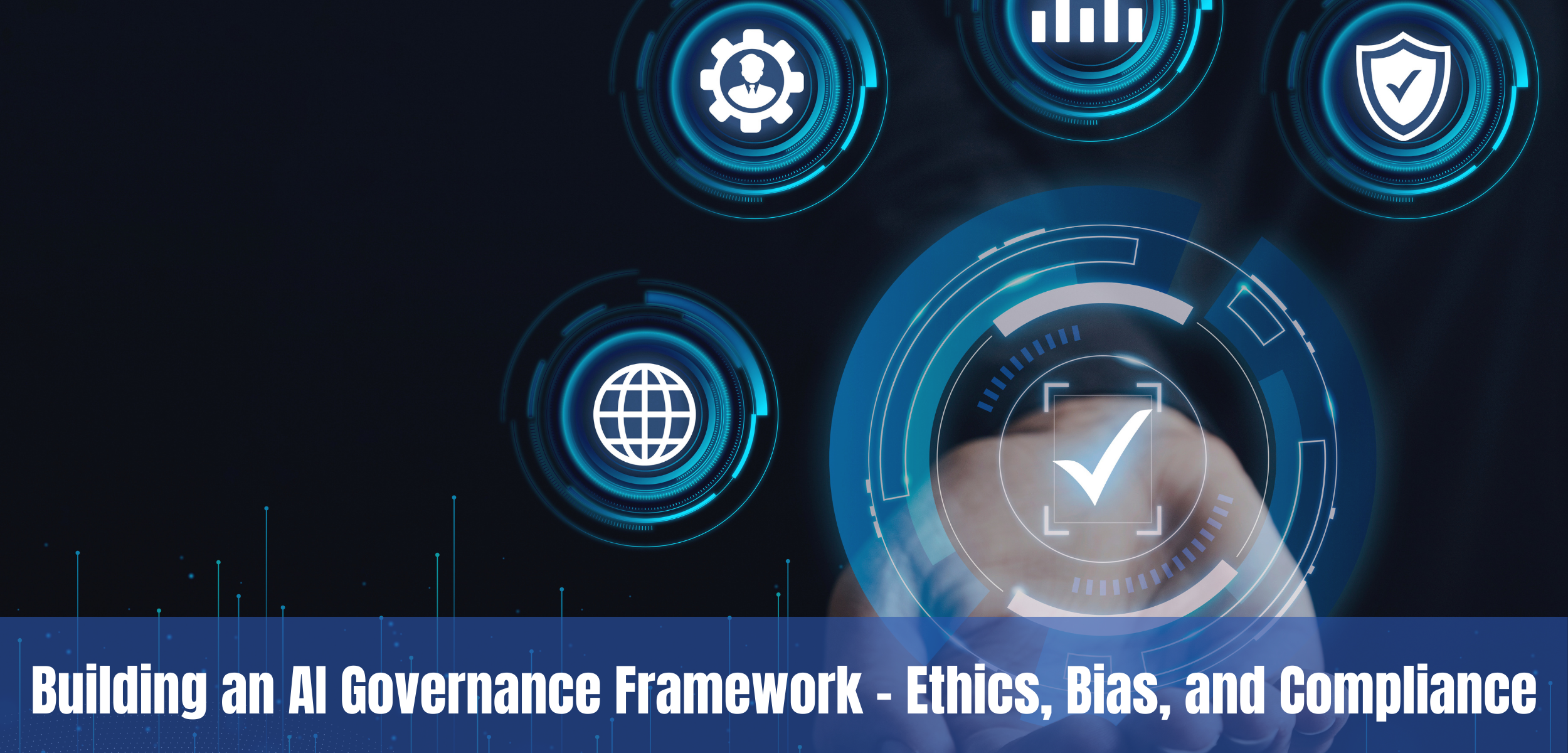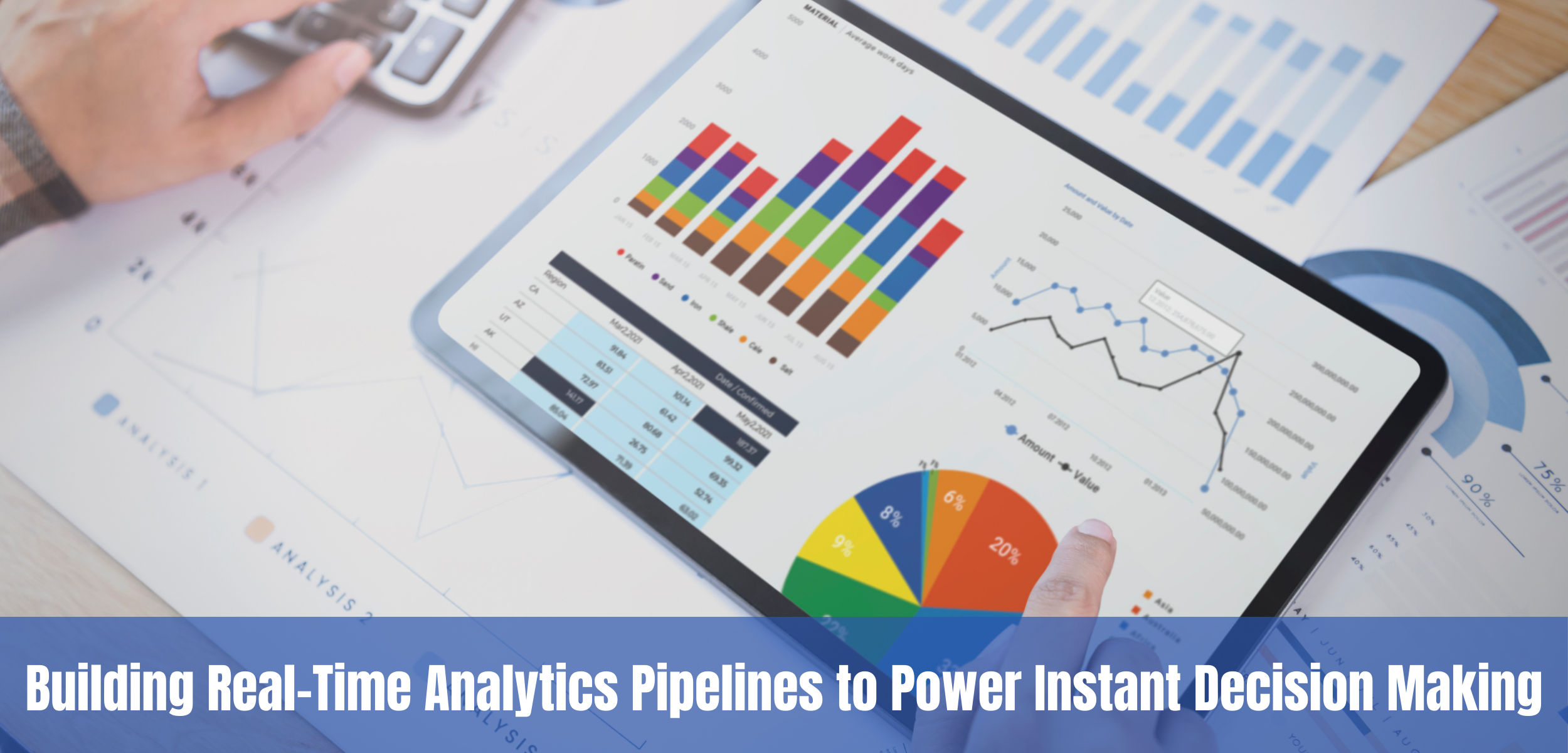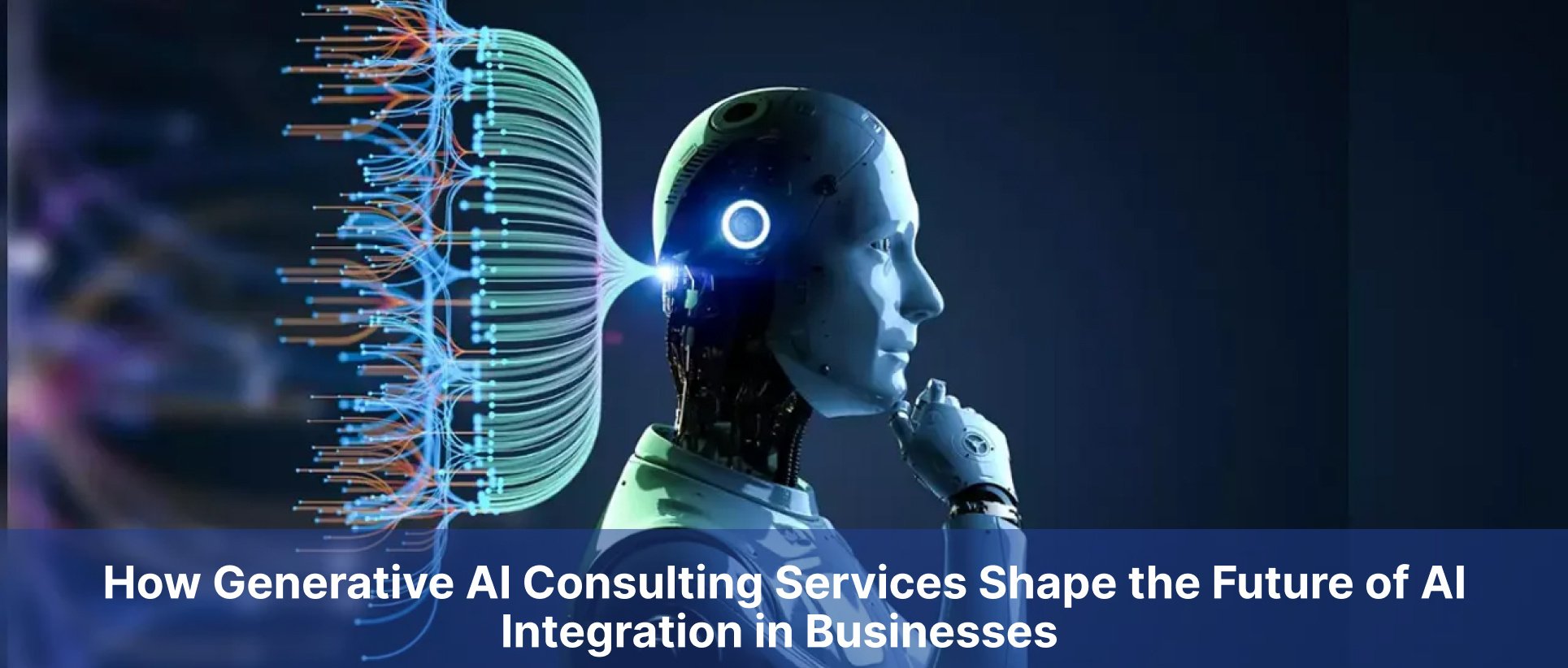As organizations accelerate digital transformation, it’s clear that deploying AI isn’t just about algorithms — success depends on a tight integration of AI, data strategy, and cloud infrastructure.
According to PwC’s 2025 AI Business Predictions, nearly half (49%) of technology leaders report AI is now fully integrated into their company’s core business strategy (Source: PwC). Yet many enterprises still struggle to scale AI effectively, not due to technical complexity alone, but because their cloud and data strategies are not aligned with their AI ambitions.
This blog explores how CIOs can drive meaningful enterprise transformation by aligning these three interconnected pillars — AI, data, and cloud — for long-term agility and business value.
The Strategic Triad: AI, Data, Cloud
-png.png?width=1080&height=1080&name=Triangle%20Shape%20Content%20Strategy%20Instagram%20Post%20(2)-png.png)
At the heart of digital enterprise strategy lies a triangular relationship — AI needs data, data needs structure, and structure is provided by the cloud. This interdependence is more than technical; it’s strategic.
Let’s break it down:
- AI cannot function optimally without access to clean, high-quality data. AI models depend on vast, reliable datasets for training and continuous learning.
- Data must be curated, integrated, and made accessible in real-time — not only for AI but also for analytics and operational decision-making.
- Cloud enables on-demand compute, scalable storage, and the right infrastructure tools that help operationalize data pipelines and deploy AI models across the enterprise.
A recent Forrester Tech Tide (Q2 2025) report emphasized the growing strategic value of cloud-native data platforms in enhancing organizational agility and insight generation — underscoring that the cloud is more than infrastructure; it's a critical enabler of modern data-driven decision-making. (Source: Forrester)
Without cloud readiness and a modern data foundation, even the best AI models stall in pilot stages.
Modern Data Architecture: Moving Beyond Legal Systems
Traditional, monolithic data architectures weren’t built for the scale, speed, or diversity of today’s AI workloads.
Modern enterprises are now shifting towards the Modern Data Stack — an agile, decoupled, cloud-native approach that emphasizes modular tooling, real-time pipelines, and scalable governance.
Traditional Architecture Vs Modern Data Stack
-png.png?width=1024&height=768&name=List%20of%20Business%20Comparison%20Infographic%20Bar%20Graph%20(1)-png.png)
Enterprises adopting this modern stack also see downstream benefits: easier MLOps implementation, faster data exploration by analysts, and reduced infrastructure overhead.
Furthermore, composable data architectures — like data mesh or data fabric — are empowering cross-functional teams to take ownership of their domains, while ensuring consistency through shared policies and metadata standards.
Cloud Strategy as an AI Accelerator
Cloud isn’t just about hosting — it’s about scalability, experimentation, and access to advanced tooling.
CIOs must move beyond lift-and-shift thinking. Instead, they need to:
- Provision GPU-based, high-memory compute clusters on-demand for model training.
- Enable hybrid and multicloud architectures that avoid vendor lock-in and optimize for latency and cost.
- Integrate with edge computing capabilities for use cases like industrial automation, smart cities, and personalized retail.
The 2024 Gartner Generative AI Forecast predicts that by 2026, 75% of organizations will use generative AI to produce synthetic data. (Source: Gartner) Without a flexible, scalable cloud foundation, this level of compute intensity will be unmanageable.
Additionally, cloud-native MLOps platforms are becoming central to model lifecycle management — from version control to CI/CD for AI. The cloud's flexibility allows teams to retrain models on fresh data, roll out updates safely, and scale to millions of users with minimal downtime.
AI Readiness Depends on Data Maturity
Your AI is only as good as the data behind it.
Organizations often race to build AI models before they’ve fixed fragmented, poor-quality data systems. But leading CIOs know better: they start with data maturity.
Here’s how you know your enterprise is ready:
- Data cataloging and lineage is standardized and automated.
- Teams use ML feature stores to share and reuse tested feature sets.
- There’s a clear data contract system ensuring availability and SLA for upstream systems.
- Synthetic data is being adopted to address gaps in volume, bias, or compliance.
It’s not just data volume, but data reliability, traceability, and reusability that unlock sustainable AI success.
Governance, Risk, and Security Alignment
The more AI and cloud technologies scale, the more they raise questions around accountability, ethics, and data sovereignty.
Key areas for CIOs to focus on:
- Cloud-native security frameworks like Zero Trust, integrated with data access layers.
- Privacy-preserving techniques such as differential privacy, homomorphic encryption, and federated learning for regulated environments.
- Model explainability and audit trails — not just for regulators, but for internal trust and risk mitigation.
- Centralized policy engines (e.g., using open policy agents) to ensure consistent enforcement across cloud workloads.
AI governance isn’t just a compliance checkbox. It’s essential to building stakeholder trust, minimizing reputational risk, and avoiding costly regulatory violations.
What CIOs Can Do Now
If you're a CIO tasked with aligning AI, data, and cloud strategies, here’s a practical roadmap:
- Run a capability assessment — Map where your org stands across AI, data, and cloud dimensions.
- Define shared objectives and metrics — Align teams with Objectives and Key Results (OKRs) tied to business impact (e.g., cost savings, time-to-insight).
- Invest in cloud-native data tooling — Enable elasticity, automation, and governance.
- Build an internal AI council — Cross-functional leaders (IT, data, legal, ops) to standardize practices and avoid duplication.
- Launch scalable MLOps initiatives — Adopt reusable pipelines and CI/CD patterns for AI.
- Prioritize data reliability over model experimentation — Stabilize your foundation first.
And most importantly: think platform, not project. Don’t treat AI as a toolset to plug in, but as a capability that must be designed, governed, and scaled across the organization.
Conclusion
AI, data, and cloud are no longer separate IT concerns. They’re interwoven capabilities that define how businesses operate, differentiate, and grow.
CIOs who lead this alignment — technically and strategically — will gain faster innovation cycles, more intelligent automation, and the ability to adapt to market changes in real-time.
Ready to Align Your AI, Data, and Cloud Strategies?
Partner with Evermethod Inc — experts in designing and scaling enterprise AI and cloud systems to achieve strategic outcomes.
Get the latest!
Get actionable strategies to empower your business and market domination
.png?width=882&height=158&name=882x158%20(1).png)

.png/preview.png?t=1721195409615)

%2013.png)


